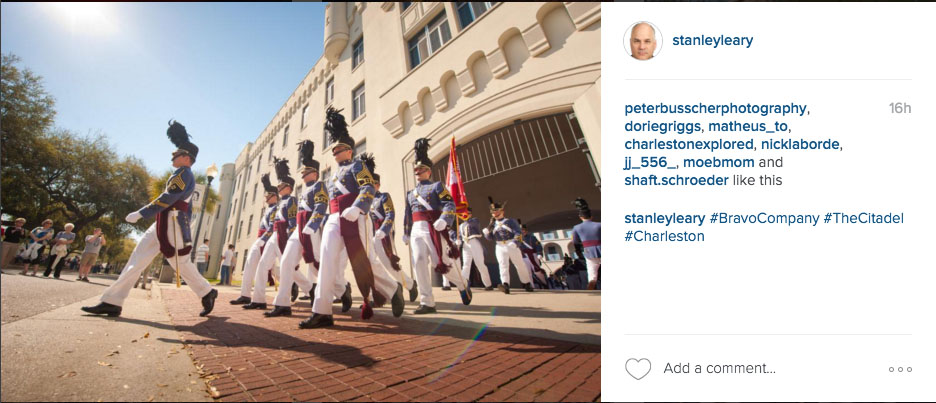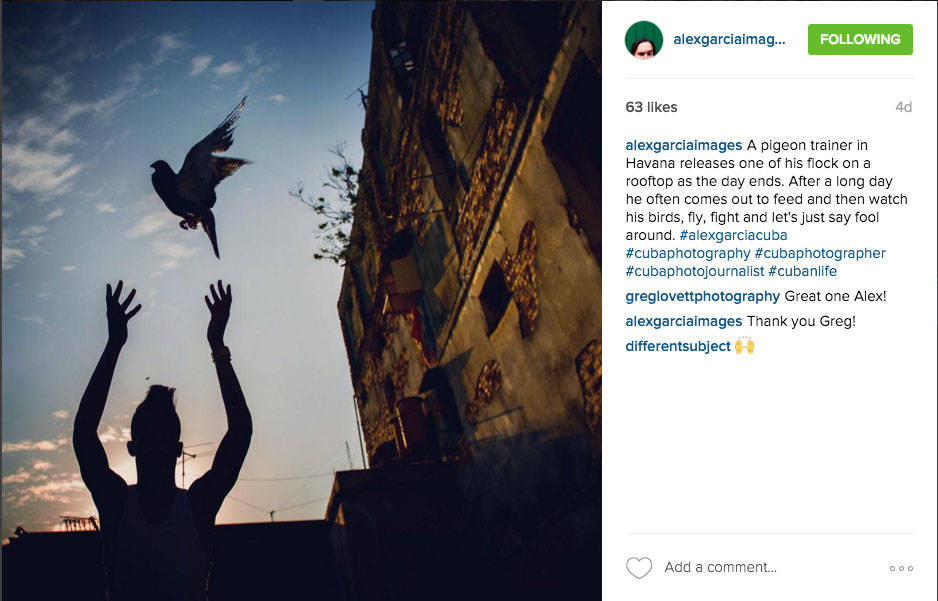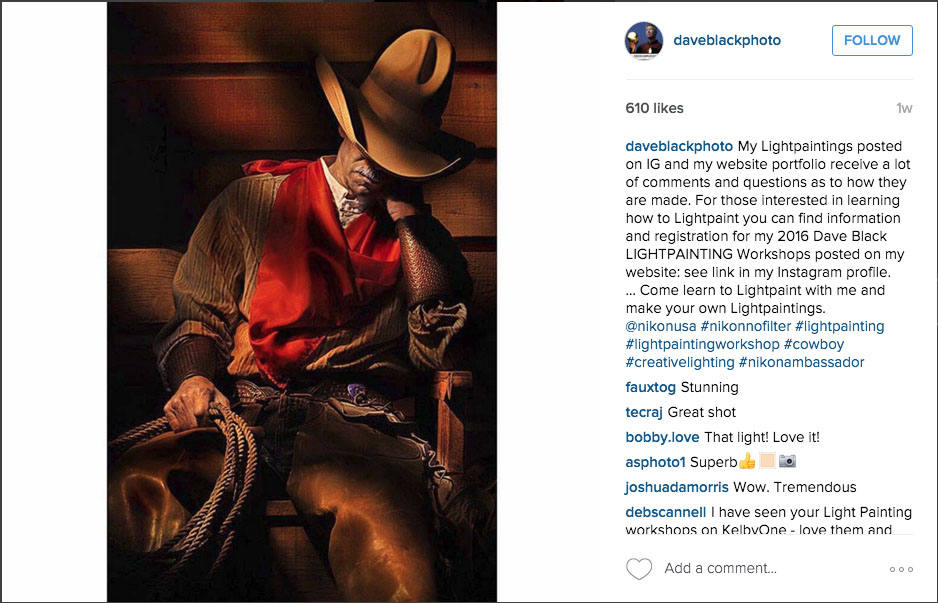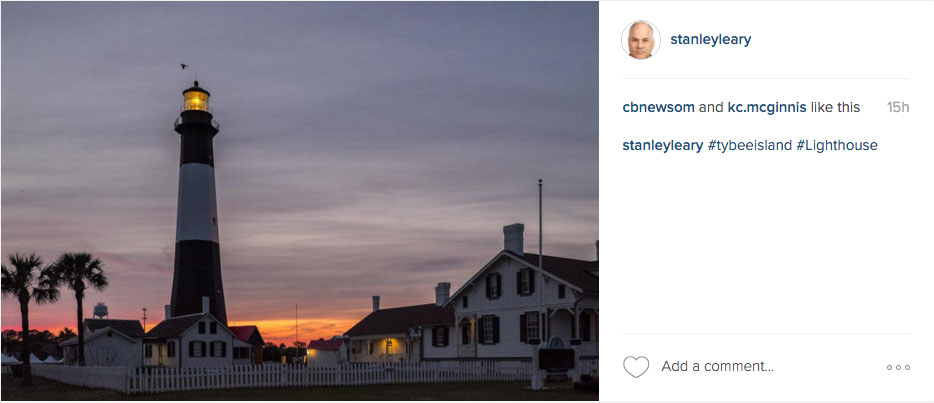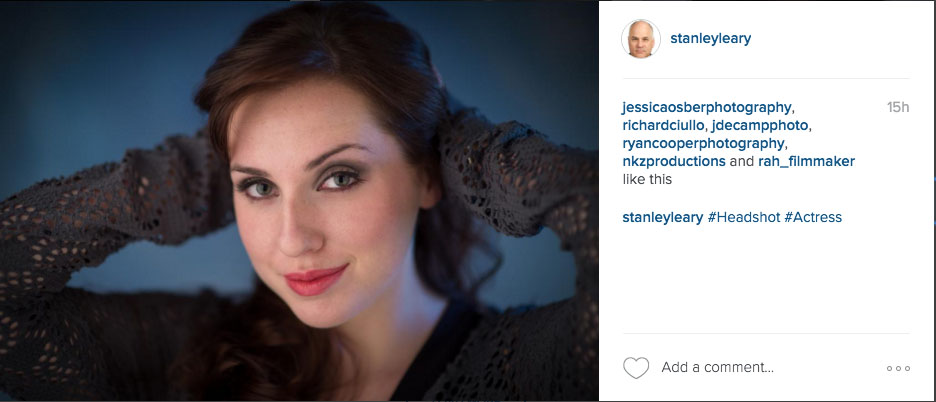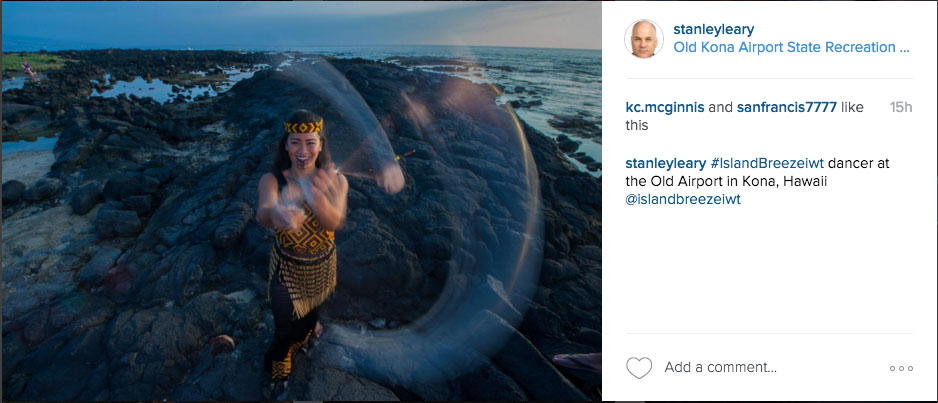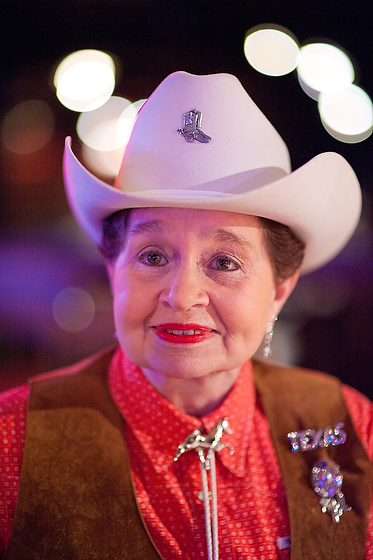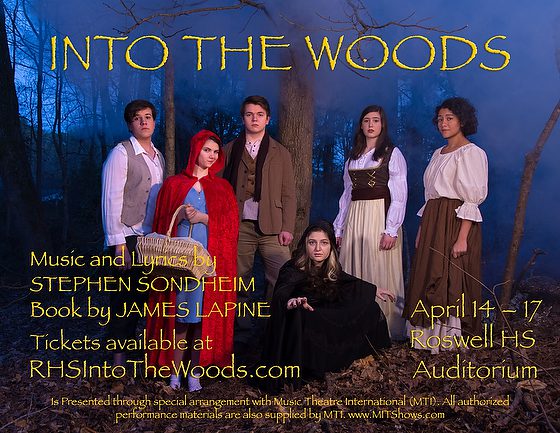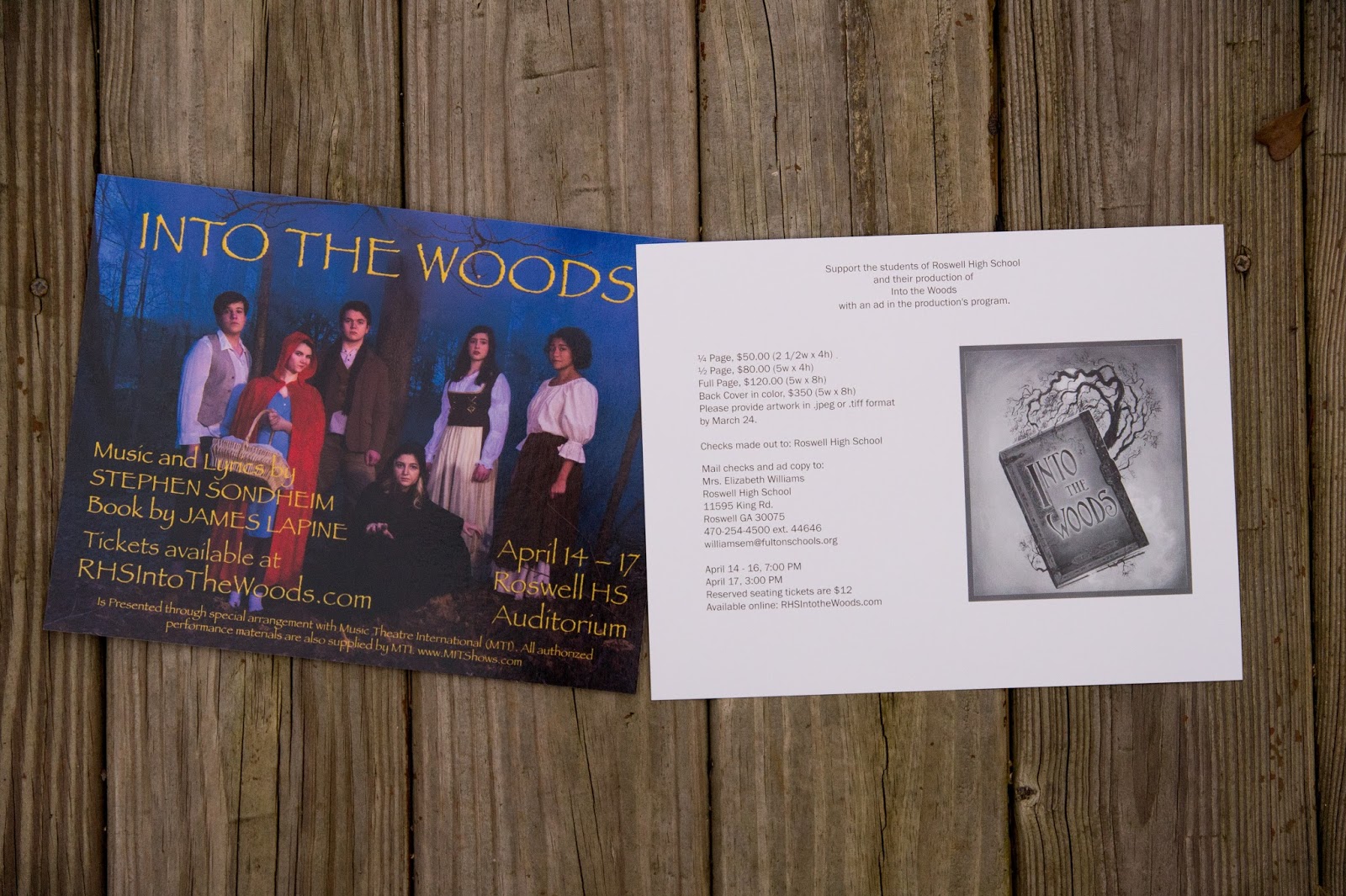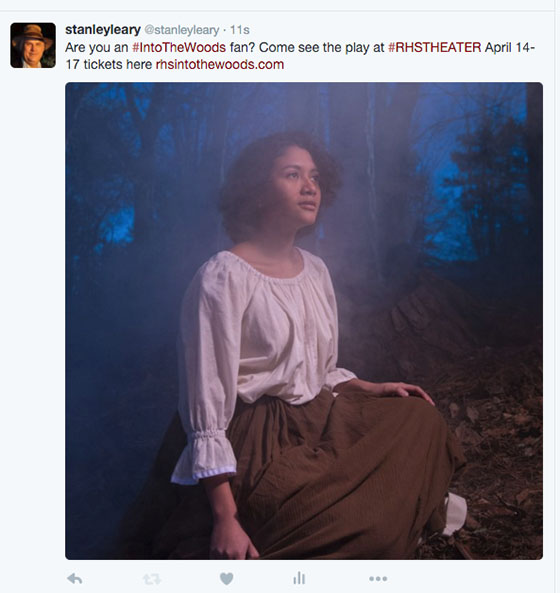| Nikon D750, Sigma 35mm ƒ/1.4 DG Art, ISO 50, ƒ/1.4, 1/400 |
The easiest way to hurt your sales on any photograph is not to hide text in a picture. The hidden text in computer files like photos is called metadata.
Now, if you shot your photo with a digital camera, there is already some metadata text inside the image. Even your smartphone captures some metadata. It is EXIF metadata.
EXIF is short for Exchangeable Image File, a format that is a standard for storing interchange information in digital photography image files using JPEG compression. Almost all new digital cameras use the EXIF annotation, storing information on the image such as shutter speed, exposure compensation, F number, what metering system was used, if a flash was used, ISO number, date and time the image was taken, white balance, auxiliary lenses that were used and resolution. Some images may even store GPS information so you can easily see where the images were taken!
That is how I know all that information I put under the photos I post here on my blog. I used PhotoMechanic software and adjusted my preferences to show this information under the image in the software. So it looks like this for me:
Now even if you had photographs as great as Ansel Adams, if you didn’t have some hidden text in the picture, then to find those photos, they would have to look at them somehow. But, still, they couldn’t search for them through Google, or even if they are on your computer, you couldn’t find them using the search function on your computer.
Most people who do not hide text in their photos create folders on their computer and then use the filename as another way to search for the photographs.
Now while your camera phone and digital camera are recording important information into the EXIF data fields, there is another set of data fields that you can use to give you even more versatility. Those fields are called IPTC. [International Press Telecommunications Council]
The IPTC Photo Metadata Standard is the most widely used standard to describe photos, because of its universal acceptance among news agencies, photographers, photo agencies, libraries, museums, and other related industries. It structures and defines metadata properties that allow users to add precise and reliable data about images. It has been around since the early 1990s.
Probably the most used software that lets you embed text [hide text] in photos is PhotoShop. Here is what the file information box looks like:
Now you can see and change a lot of those fields.
Another software used in the industry and especially by news photographers is PhotoMechanic. Here is what IPTC looks like in that software:
Using the search tool on my Mac, I can search any of the text in those fields, and it will pull up everything on my computer that has that string of text. So I searched the copyright field of the IPTC using “© Stanley Leary,” and this is what shows up:
I can click on “Show all in Finder…” and see the list of documents, emails, and, most importantly, photos with this information. So even if your client doesn’t have software to embed text into their images, they can search your photos using the reader and find them.
One more software used in the profession is Adobe Lightroom, and this is how the IPTC shows up in that software:
You can see the IPTC information in the Library Module of Lightroom.
Here is a detailed step-by-step on my digital workflow that explains how I put this information in the photos when I ingest the disks into my computer.
Now the cool thing about all this is you can create your system for file naming and what information you want to put into photos for yourself, and then with each of these software systems, you can export the images using your client’s system.
Now there are so many fields that you can use that I needed to take two screenshots of the PhotoMechanic software to give you an idea of what you can do:
I then scrolled down to show you the rest of the form you can fill out:
MARKETING TIP!!!!
If you are a photographer, you should make your clients aware that you do this, making your photos more valuable because they can find them!!!
If you embed all your photos with metadata IPTC information, then more than just PhotoShop, PhotoMechanic, Lightroom, or the search engines on your client’s computers can see this information. Online database systems will read all this information and make this available to the world to find your images.
PhotoShelter is one provider many photographers and stock agencies use to help market photos. For example, PhotoShelter interviewed me on how I helped Chick-fil-A adopt their Libris system for image archiving. You can see the interviews here on their blog post.
Not for the faint of heart
Accuracy with your metadata is critical. If you misspell a word, then people will not find the image. Metadata is tedious, and many people don’t do it because it is time-consuming.
Most photographers are not all that professional in their work. They like to shoot. If professional football players behaved the way most “professional photographers” work on Sunday afternoon, they would be carried off the field on a stretcher, never to play the game again. You see professional football players lift weights, do cardiovascular workouts, watch what they eat, and practice throughout the week. Most professional photographers just show up at the game time and think that is all they have to do.
You know how your cost of doing business, practicing with stand-in subjects before the subject is in front of the camera, and doing the detail work like metadata is what truly separates successful business photographers from those who only dream of it.
Now you might understand why someone else’s work is published that you think is subpar to your work–others could find their photos.










